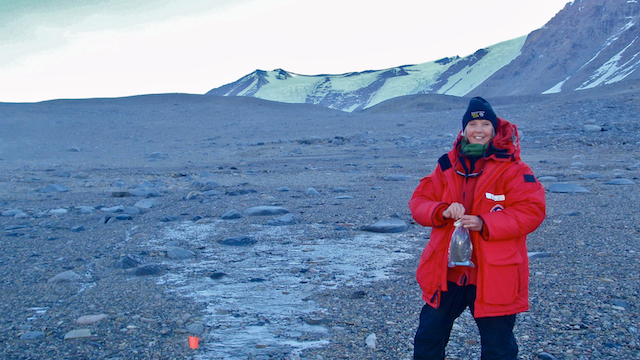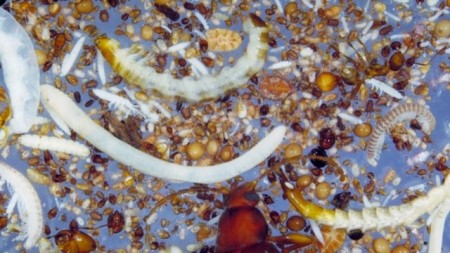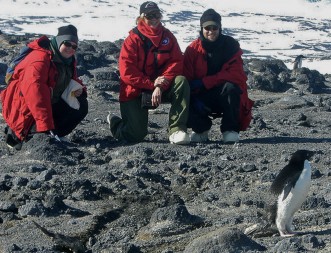An Expert Opinion: Dr. Diana Wall
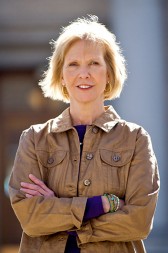
“The Nation that destroys its soil destroys itself.”
Franklin D. Roosevelt, February 26, 1937
Civilizations and their economies can rise and fall based on the availability of fertile, healthy soils. Dr. Diana Wall, the winner of the 2013 Tyler Prize for Environmental Achievement, has been instrumental in shaping our understanding of the hidden ecosystems that lie beneath our feet. We talked with Dr. Wall about her work and why soil health and human health are so fundamentally intertwined.
"Dirt" or "soil" -- which term do you use?
I like soil. Dirt gives the idea that there is nothing beautiful in soil, that it is “dirty” and “dead,” yet the many organisms in soil can be extraordinarily beautiful if you put them under a microscope.
Your work in Antarctica and elsewhere has revealed we never really understood soil at all. How has our understanding changed?
Work in the Antarctic Dry Valleys, an extreme cold desert, has shown that tiny, microscopic invertebrates can be the top animals in the food web of this type of ecosystem. They are the “elephants and tigers” of the Dry Valleys even though they are hidden in soil. One species, a nematode roundworm [called] Scottnema, occupies the majority of the landscape and contributes about 7 percent to the valley soil carbon turnover, a needed contribution to regulating global carbon cycling. Soils in different locations have very different “communities” of organisms. It’s just like the life above ground -- a desert has very different species compared to a tropical forest. We have just begun to scratch the surface and explore soils to discover the exciting food webs under our feet.
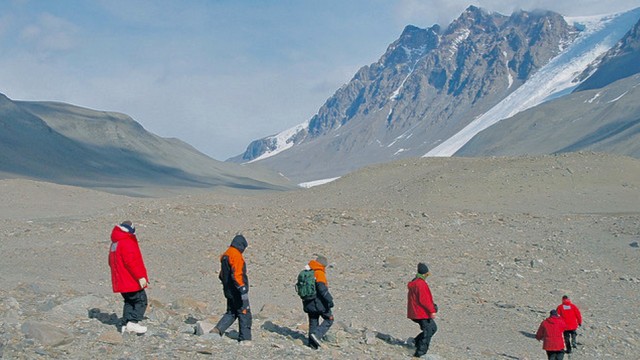
Is biodiversity underground really as important as biodiversity above ground?
Absolutely! We wouldn’t see the diversity above ground if we didn’t have the diversity below ground. The species above ground, from the birds to the plant species, depend on specific communities of small organisms in the soil.
